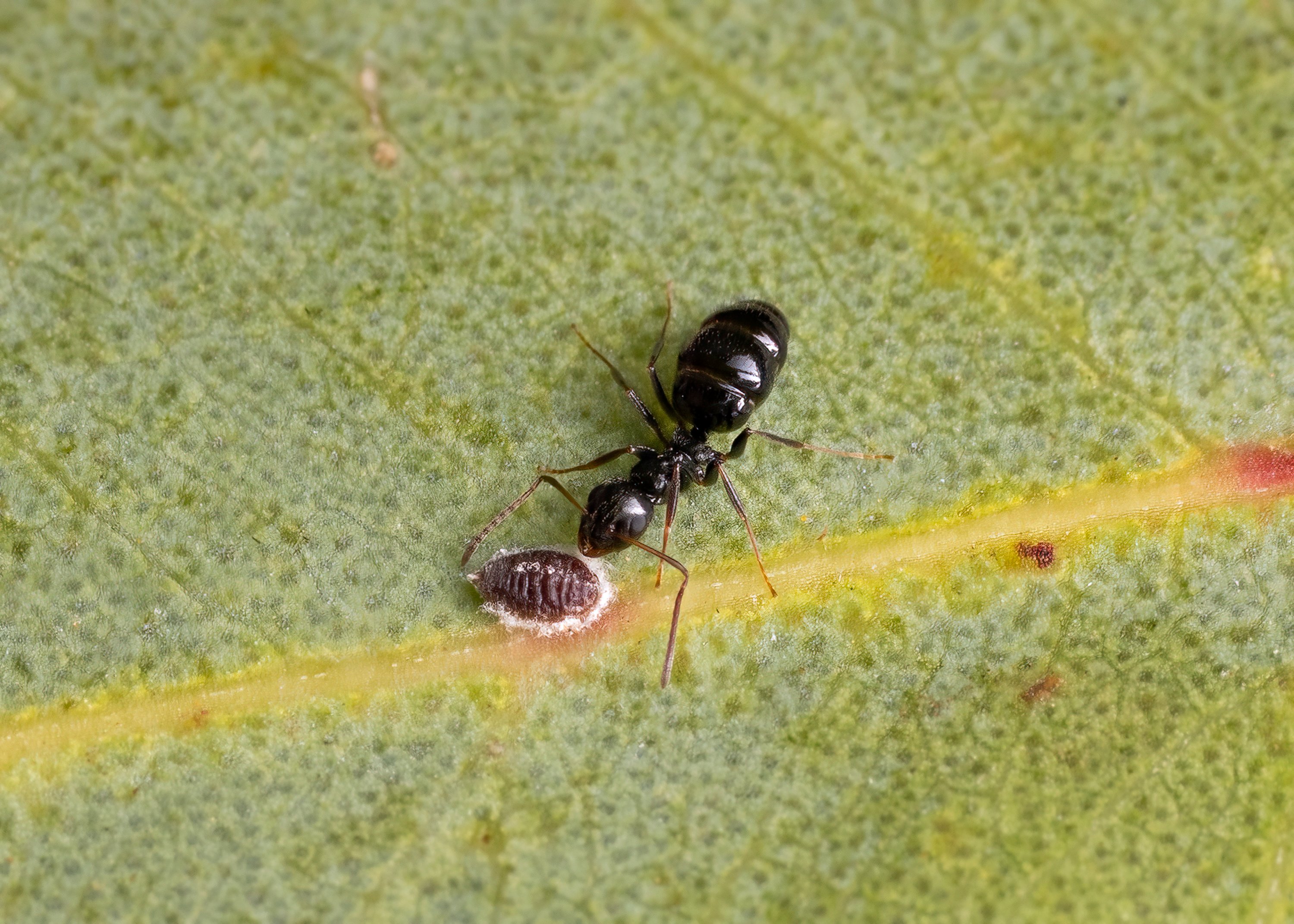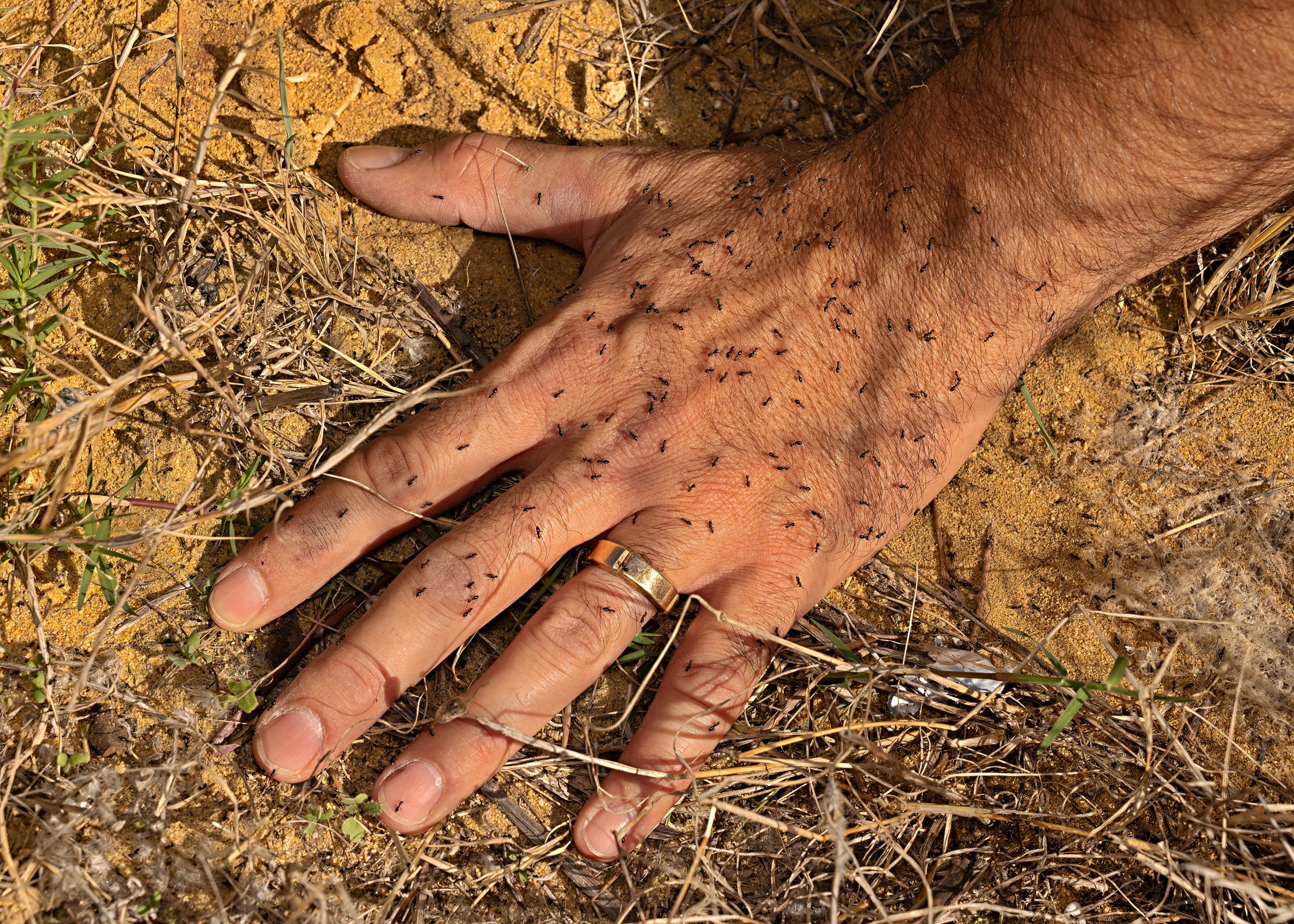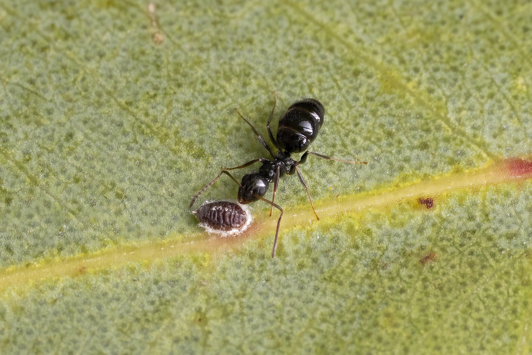
African black sugar ant
The African black sugar ant is a significant threat and has the potential to establish in a wide variety of habitats, including both urban areas and precious, undisturbed bushland. All known infestations are under eradication, but we need your help to report any suspicious ants.

African black sugar ant
The African black sugar ant is a significant threat to WA’s environment and highly suited to our conditions. It has the potential to establish in a wide variety of habitats, including both urban areas and precious, undisturbed bushland.
African black sugar ants are shiny dark brown to black ants about 2 to 3 mm in length. They are covered in thick blackish bristles all of which can only be seen with a microscope or hand lens.
The African black sugar ant can:
- be aggressive to important native ant species and potentially outcompete and displace them
- establish interconnected nests to form ‘super colonies’ disrupt social, commercial and agricultural activities, although is not aggressive to people or pets
- can damage plastics and infest electrical boxes and components, causing a fire risk and damage to infrastructure.
The African black sugar ant has been found in suburbs across the Perth metropolitan area and in Narrogin but not thought to be present in other areas of Australia. All known infestations are under eradication, but we need your help to report any suspicious ants so that we can keep these invasive pests from establishing in WA.
-
African black sugar ant - Biosecurity alertpdf (1.82 MB)
-
High risk ants for Western Australiapdf (598 KB)

